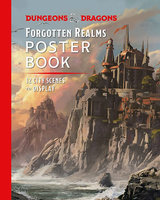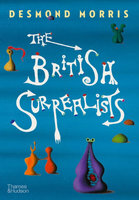New, Quality Gift Books - 50-90% off - over 2500 titles
Your basket is empty.
Categories Art & Architecture VAN GOGH AND THE ARTISTS HE LOVED
VAN GOGH AND THE ARTISTS HE LOVED
Book number: 94533
Product format: Hardback
In stock
Bibliophile price
£11.00
Published price
$40
Customers who bought this product also bought
|
DUNGEONS & DRAGONS FORGOTTEN REALMS POSTER BOOK
Book number: 94182
Product format: Paperback
Bibliophile price
£5.00
Published price
£9.99
|
UNDERGROUND STRUCTURES OF THE COLD WAR
Book number: 95473
Product format: Paperback
Bibliophile price
£9.99
Published price
£19.99
|
DICTIONARY OF FORTIFICATIONS: An Illustrated Glossary
Book number: 95468
Product format: Hardback
Bibliophile price
£12.00
Published price
£25
|
|
PROTECTING THE PEOPLE: The Central Office of Information
Book number: 95393
Product format: Hardback
Bibliophile price
£8.00
Published price
£30
|
WILLIAM HOGARTH: Visions In Print
Book number: 95437
Product format: Hardback
Bibliophile price
£6.00
Published price
£12.99
|
BRITISH SURREALISTS
Book number: 95251
Product format: Hardback
Bibliophile price
£12.00
Published price
£25
|
Browse these categories as well: Art & Architecture, First Editions

















